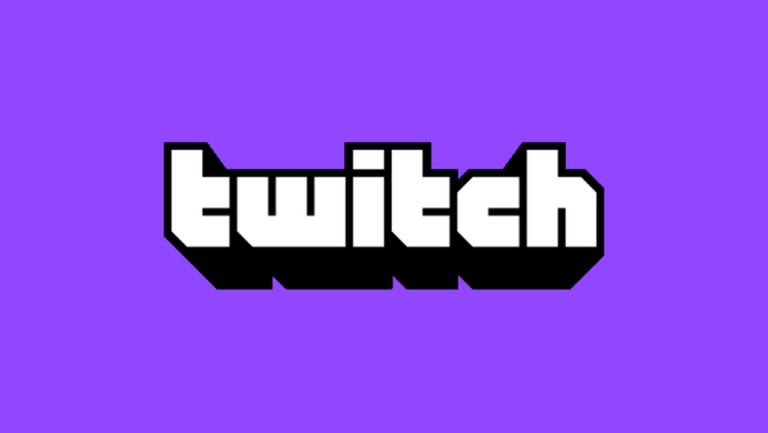What are the reasons Twitch steamers get banned?
Table of Contents

Twitch is a haven for gamers and content creators, allowing them to broadcast themselves and whatever they wish to share with audiences around the world. Bans can severely hinder a user’s ability to stream and grow their channels.
With many different types of bans and reasons behind each suspension, it is incredibly beneficial for streamers or potential broadcasters to know the top reasons why streamers get banned on Twitch so they can work to avoid them.
Copyright claims
Similar to other platforms, Twitch will send DMCA notices and take down any content that contains media owned by someone else if it is flagged. This can be quite tricky to navigate since not all outside content will result in a DMCA claim. Media that typically warrants a copyright claim includes music, television shows or films, and images.
Copyright claims make up the largest portion of Twitch’s bans, so much so that Twitch now has an exhaustive information page on the issue. Twitch operates with a three-strike rule, after which a user is deemed a ‘repeat infringer’ despite strikes being able to expire over time. The best way to avoid this potential ban is to research the content you are planning on using or to use media declared as fair use.
Inappropriate content
“Inappropriate content” casts a wide net regarding what falls under the ban rationale. This ban lists sexually explicit content, bullying, harassment, hate speech, violence, and more as offenses warranting a ban. This caveat regarding this ban is that the inappropriate content does not explicitly have to be expressed by the streamer.
Chats with excessive hate speech will not only get themselves banned but the streamer as well. The bans dealt from this justification have a wide range of lengths. Any kind of hate speech, violence, or related behavior can easily result in an indefinite ban.
Streamers such as Amouranth have been banned countless times for inappropriate content, but these suspensions have never exceeded a three-day ban. Twitch has actively been working to build a broader policy regarding “Nudity & Sexual Content,” which currently covers sexual violence and exploitation, pornographic or sexually explicit content, and a varying evaluation of sexual suggestiveness. You can view all the specifics on Twitch’s community guidelines page.
To avoid this, streamers should invest heavily into chat moderation, screen content before posting it on stream, and use other platforms for any sexually suggestive content.
Accidental bans
Not all bans were meant to happen; there have been countless cases of accidental bans. This could result from viewers mass reporting a specific streamer, resulting in an immediate or automated ban. Streamers can also dispute the reasons they were banned if they feel like their suspension falls outside the purview of the reason given. Twitch has a ban appeal process that can review currently banned streamers.
ncG1vNJzZmicn6mytLzOq6usZpOkunC%2F06ucmqWZo7RwusSwqmivmJbBbq3RnmStoJViv6at0qilrGWkrLa1r8dmqq2dkaKys7%2BMoJytZZKWu6%2Bxww%3D%3D